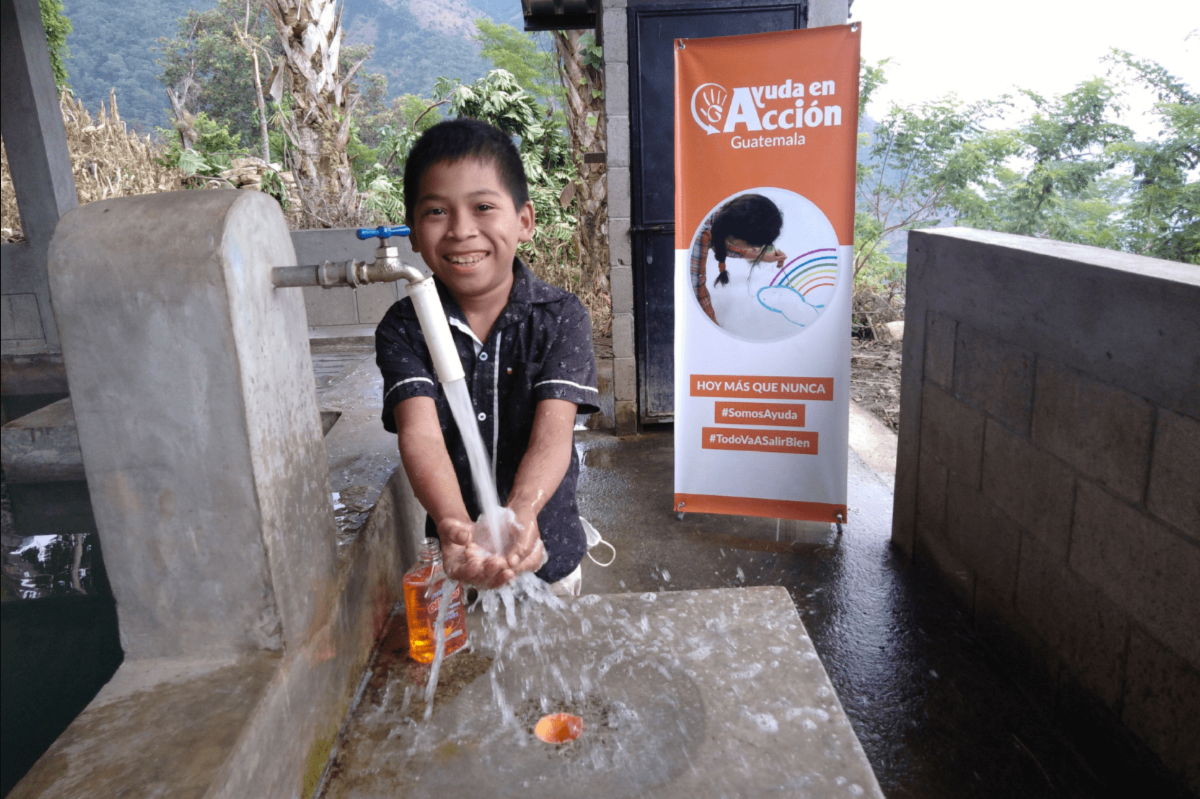We may have heard or read that the Earth is known as the “blue planet” because seen from space, the color of its oceans is the predominant color. Our planet is covered by 70% of water, but about 97.5% is salty (forming seas and oceans) and only 2.5% is freshwater, of which only 0.3% is located in lakes and rivers from which our societies take most of the water they use. The rest is ice (glaciers and ice caps) and groundwater.
According to World Bank data, about 2 billion people worldwide do not have access to safely managed drinking water services, 3.6 billion lack safe sanitation services, and 2.3 billion lack basic hand-washing facilities. Water is the essence of life. It is essential for human health, food production, and sanitation, as well as for economic progress, transportation, energy production, poverty eradication, and sustainable development.
Gaps in access to water supply and sanitation, population growth, intensive water use, increased variability of rainfall and pollution are factors that combine in many places in Latin America to make water a commodity that generates the main crises in the region. Latin America not only has an unequal geographical distribution of water, with affluent areas and other drier ones but also 80% of rainfall is concentrated in a few months of the year.
If to the above, we add that, according to the Intergovernmental Panel on Climate Change (IPCC), climate variability (the natural part of the climate (not anthropogenic) for example, caused by El Niño Southern Oscillation and other natural phenomena) and Climate Change (anthropogenic climate change), have caused meteorological phenomena such as floods and droughts to become even more extreme. It is easy to assume, then, that the associated social damage will become more likely and intense. This dynamic will increase further with each degree of global warming.
All countries without exception must be fully aware of current and future water availability and strategies designed for effective water management. A city’s water is a key component of the complex environmental conditions that support human populations. Water availability, quality, and supply in many Latin American cities are interrelated in urban regions due to the following factors: lack of good quality drinking water reaching all communities, especially peripheral areas, due to pollution and contamination caused by intensive land use and lack of wastewater treatment. The proliferation of open dumps and the disposal of solid waste everywhere has become a significant problem in the contamination of surface and groundwater sources, as well as eutrophication due to point and non-point sources of nutrients.
The components of a successful water management program are well known in the region and there are numerous studies by academia and the scientific community, some components are summarized below:
Recycling and reuse: This means that there are only two ways to reduce the volume of pollutants:1) reduce the inflow, or 2) recycle and reuse materials that are discharged into the environment. Recycling is practiced to one degree or another throughout the hemisphere, but recycling programs need to be scaled up.
Monitoring: Monitoring and data generation should normally be carried out by the central government because of the interdependence of waters flowing between states, provinces, or regions of countries.
Research programs: Management programs must be based on water quality science to be effective. As economic and population growth advances, the problem of water quality management becomes broader and more complicated. This requires more scientific research to understand both the nature of the issue and the appropriate measures to combat it.
Policy and governance: Water management also requires an effective set of institutions to set policy, monitor performance, and enforce the resulting rules and policies. This requires appropriate legal frameworks, public agencies, policies, and enforcement mechanisms.
Finally, water affects all aspects of development and is related to most of the Sustainable Development Goals (SDGs). This is why it is necessary to address water issues in a comprehensive, interdisciplinary, and transdisciplinary manner.
*Reinhardt Pinzón and Elsa Flores collaborated on this text.
**Translated by Janaína Ruviaro da Silva from the original in Spanish.
Autor
Ingeniera Ambiental y Doctora en Estadística Multivariante Aplicada, Investigadora del Centro de Investigaciones Hidráulicas e Hidrotécnicas de la Universidad Tecnológica de Panamá, miembro del Sistema Nacional de Investigación, IAI STeP Fellow del Programa de Estancias en Ciencia, Tecnología y Políticas-SENACYT.
Ingeniero Civil y Doctor en Ingeniería Civil con especialización en Ingeniería Ambiental. Investigador Regular Titular de Tiempo Completo en la Universidad Tecnológica de Panamá, Director del Centro de Investigaciones Hidráulicas e Hidrotécnicas y miembro del Sistema Nacional de Investigación.












